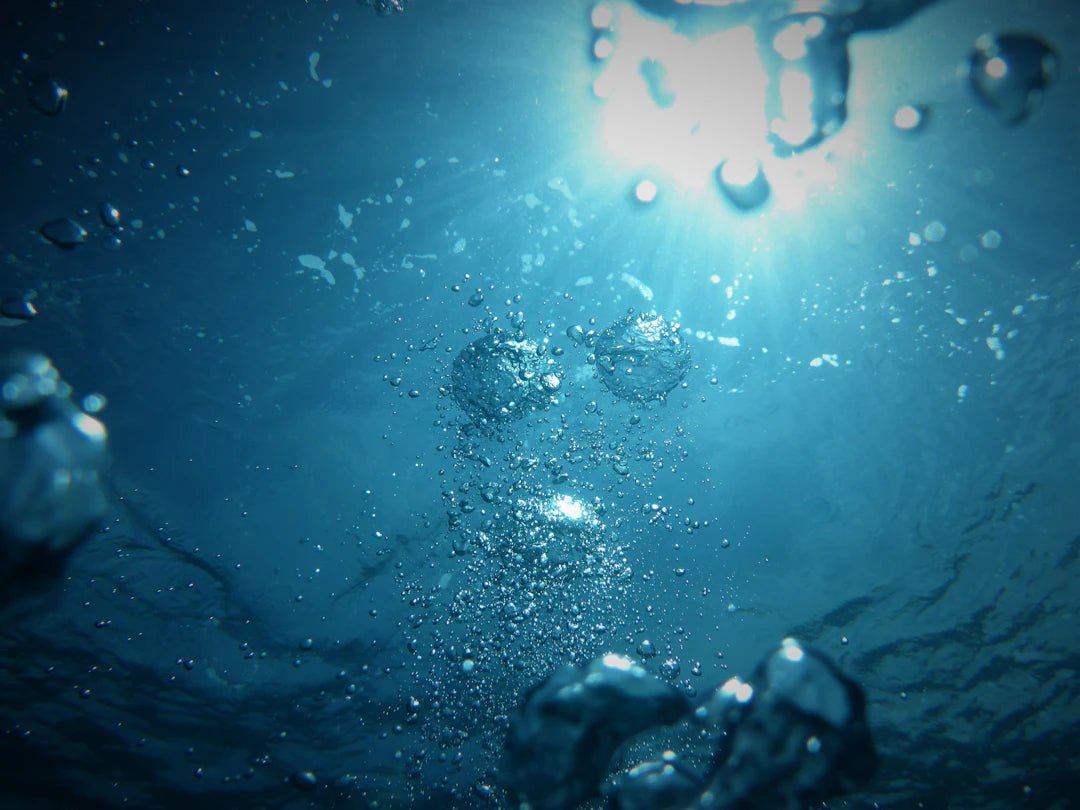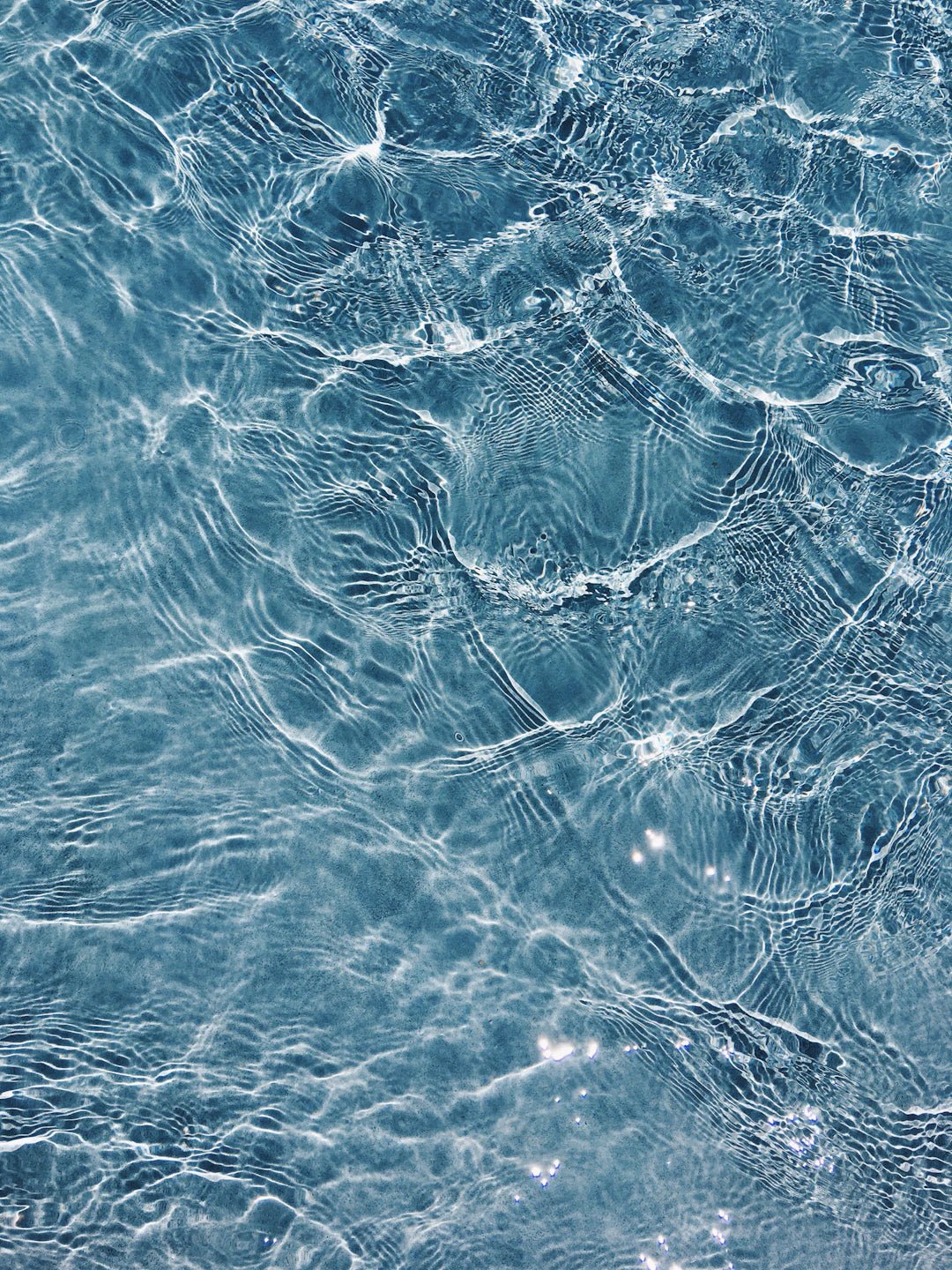Test Your Water Quality at Home: A Complete Guide
Frequently Asked Questions
1. Why is it important to test your water quality?
2. What are common contaminants found in water?
3. How can I test my water quality at home?
4. What should I do if I discover contaminants in my water?
5. How can I enhance my hydration experience after testing my water?
Water is essential for life, and ensuring your drinking water is safe and clean is crucial. With concerns about contaminants on the rise, many Australians are turning to ways to test their water quality at home. This guide will walk you through the process, provide valuable insights, and explore how having reusable glass drink bottles can enhance your hydration experience. Let's dive into the world of water testing!
Why Test Your Water Quality?
Testing your water quality at home is a proactive approach to safeguarding your health. Regular testing helps identify any potential issues early on, allowing you to address them before they become serious. Here are a few reasons why it's important:
- Health Risks: Contaminants in water can pose significant health risks, including gastrointestinal illnesses and long-term diseases.
- Environmental Awareness: By testing your water, you can understand the impact of local environmental factors on your water supply.
- Water Taste and Odor: If your water tastes or smells strange, testing can help identify the cause.
Common Contaminants Found in Water
Understanding common contaminants is vital for effective water testing. Here are some of the usual suspects:
Bacteria and Viruses
Pathogens like bacteria and viruses can originate from sewage, animal waste, or runoff from agricultural activities. It's crucial to test for these contaminants to ensure your water supply remains safe.
Chemicals
Pesticides, herbicides, and heavy metals such as lead and arsenic can leach into water supplies, often through industrial runoff or old plumbing systems. Regular testing can detect these harmful chemicals.
Hardness and Minerals
Hard water often contains high levels of calcium and magnesium, which can lead to increased scale build-up in pipes and appliances. Understanding mineral content is vital for maintenance and health.
How to Test Your Water Quality at Home
Testing your water quality at home can be both easy and affordable. Here’s a step-by-step guide on how to do it properly.
1. Collect Water Samples
Start by collecting samples from different sources: tap water, well water, or any other source you use for drinking or cooking. Use clean containers for collecting samples to avoid contamination. Reusable glass drink bottles are an excellent choice, as they are easy to clean and do not leach harmful chemicals into the water.
2. Choose a Testing Method
There are various methods for testing water quality at home:
- Test Strips: Easy to use and available at local hardware stores, test strips can detect levels of pH, chlorine, hardness, and other contaminants.
- Liquid Reagents: These kits usually include dropper bottles that change color based on the levels of certain chemicals in your water.
- Digital Meters: These devices can provide accurate readings for pH, TDS (Total Dissolved Solids), and more. While they may require a larger investment, they offer a reliable way to test water quality.
3. Follow Instructions Carefully
Each testing product will come with specific instructions. Be sure to follow them accurately for the best results. Ideally, collect samples in the morning when water use is minimal to avoid fluctuations in chlorine levels.
4. Analyze Your Results
Once you have your results, compare them to local water quality standards. If your water contains harmful levels of contaminants, you may need to explore solutions such as installing a water filter system or using reverse osmosis methods to purify your water.
What to Do If You Discover Contaminants
Finding contaminants in your water can be alarming, but don't panic! Here are steps you can take:
Invest in a Quality Water Filter
Using a reliable water filter can dramatically reduce the number of contaminants in your water supply. Depending on your specific needs, you may choose a pitcher filter, faucet-mounted filter, or a whole-house filtration system. Look for options with activated carbon filters, which can effectively remove chemicals and improve taste.
Consider Bottled Water
If you're concerned about your tap water quality, consider switching to bottled water temporarily. Opt for brands that source from mineral water springs, as they often provide natural minerals without harmful contaminants. Just be mindful of the environmental impact of bottled water and consider ways to reduce plastic waste.
Consult Local Authorities
If the contamination levels in your water are high, contact your local water authority. They can provide information and assistance on how to address the issue.
Enhancing Your Drinking Experience
After testing your water quality and ensuring it’s safe, you may want to enhance your hydration experience. Here are some fun and refreshing ideas:
Infused Water Recipes
Transform your regular water into delicious flavored drinks using fresh fruits, herbs, and vegetables. Popular combinations include:
- Cucumber and Mint
- Lemon and Ginger
- Strawberry and Basil
These infused waters can make staying hydrated more enjoyable!
Sparkling Water as a Refreshing Alternative
If you crave some fizz, consider sparkling water! You can easily carbonate your filtered water at home using a carbonation system. Choose flavors you enjoy, and you’ll have a refreshing beverage without any added sugar or calories.
Proper Storage of Water
Finally, remember that the way you store your water can impact its quality. Using reusable glass drink bottles provides an excellent solution:
- Healthier Choice: Unlike plastic, glass doesn’t leach chemicals into your water.
- Better for the Environment: By reducing single-use plastic, you contribute to a more sustainable planet.
- Aesthetic Appeal: Glass bottles have a sleek design and often come with attractive features.
Final Thoughts: Stay Hydrated, Stay Safe
Measuring water quality and ensuring you have safe drinking water at home doesn't have to be overwhelming. Regular testing, investing in a water filter, and using eco-friendly storage solutions like reusable glass drink bottles can provide peace of mind. Always stay informed about your water quality, and embrace the joys of drinking clean and tasty water. With these tips, you're now equipped to ensure your hydration experience is both safe and enjoyable!



